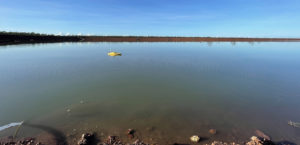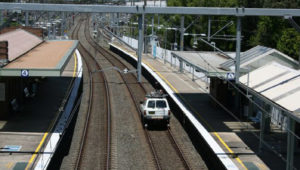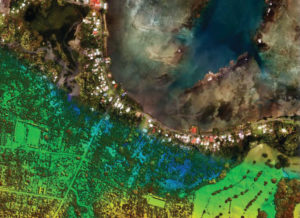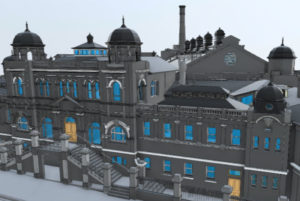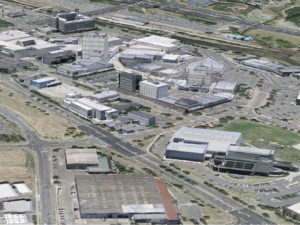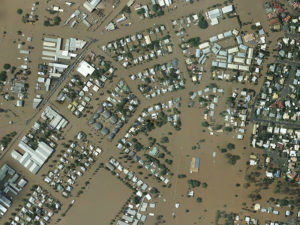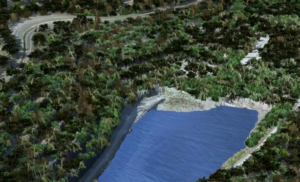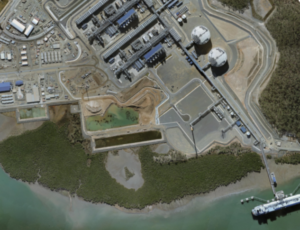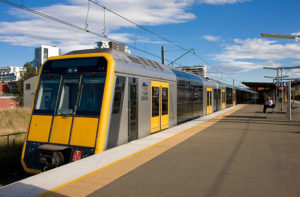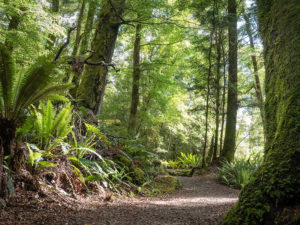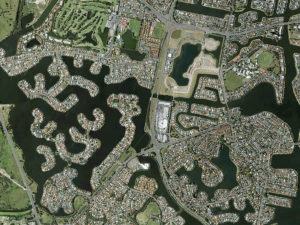Designing OFC Routes by MLS
Overview
India is undertaking a major revamp of its communications infrastructure, laying over 100,000km of Optical Fibre Cable nationwide. Woolpert’s task was to map 2,500km of proposed OFC routes across 33 cities allowing the contractor to decide where to lay the trench.
All trenching is mainly among urban and semi-urban environments, with contractors needing mapping data with 50cm absolute and 10cm relative accuracy across all routes. The resulting maps had to define all objects within 50m of the road centreline, including telecom, utility assets and manhole covers.
Situation
Conventional methods include deploying multiple field survey teams to map the obstacles to OFC cabling by GPS and/or Total Station methods. However, a short timeline and high-resolution mapping requirements led Woolpert to consider other approaches.
Mobile Laser Scanning (MLS) offers the ability to map the road corridor at speeds, featured density and a cost impossible to achieve with traditional methods.
.
.
Action
We deployed our StreetMapper MLS unit, equipped with a Riegl LiDAR and spherical camera. Experienced survey design was required, involving positioning capability of the StreetMapper system, rigorous system calibration, regular system initialisation and prudent Ground Control.
Woolpert processed the raw MLS data on a secure premise producing a dense streetscape point-cloud colour coded with the spherical imagery. We then extracted all visible street assets within the corridor and delivered site-ready street maps in digital and pdf format.
Result
The client received an accurate, detailed and clear definition of the proposed OFC routes within a timeframe, cost and level of detail impossible using conventional methods.
The MLS point-cloud remains a valuable asset to the project. Additional features are extractable as needed, without requiring field crews. Our client also has accurate as-built drawings to optimise their trenching operations and a reliable pre-construction site record.
